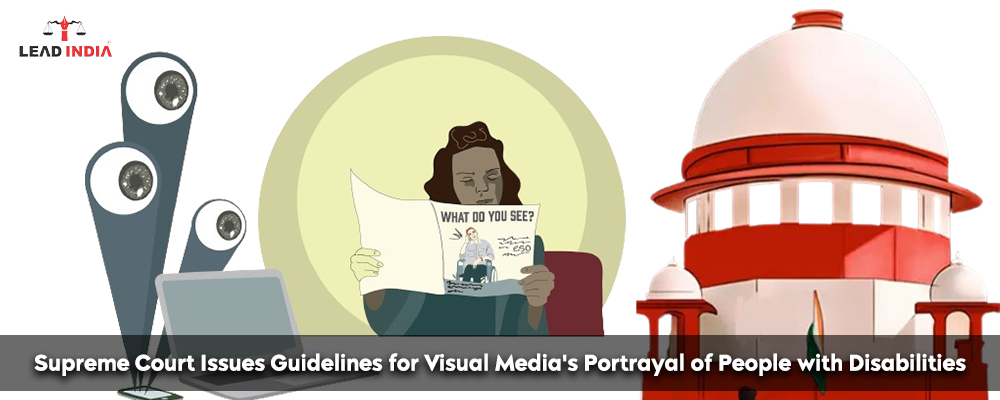“Disabled Person” means someone with prolonged physical, mental, intellectual, or sensory disability. If it is coupled with other issues, it prohibits them from completely and effectively participating in society on an equal basis.
Facts
The appellant created a disability awareness group. He was disappointed by the film Aankh Micholi’s representation of people with disabilities. Sony Pictures Films India Private Limited received a legal notice opposing their film trailer. The appellant was especially disappointed by the introduction of some cinematic characters who were depicted as having disabilities. The film was released on 3/11/2023 and had the CBFC’U rating. The appellant also argued that the film violated the provisions of the Act related to disability.
The appellant alleged that multiple healthcare issues were misrepresented and that demeaning sentences were used for characters with disabilities, including a depiction of night blindness. It was also stated that negative references were used, such as “bhulakkad baap” for an Alzheimer’s patient, “soundproof system” for a hearing-impaired individual, and “atki hui cassette” for a character with a speech impediment. The appellant sought guidelines relating to people with disability.
Need A Legal Advice
The internet is not a lawyer and neither are you. Talk to a real lawyer about your legal issue

Decision of Court
The court held that the producers of visual media must make every effort to ensure truthful representation of a medical condition. The incorrect portrayal of an illness such as night blindness may spread misconceptions about the condition and establish preconceptions about people with such impairments, aggravating the disability.
The bench highlighted that visual media must attempt to depict all aspects of individuals with disabilities, highlighting not just their challenges but also their achievements, talents, and contributions to society. This balanced representation can serve to erase misconceptions and promote a more inclusive view of disability.
Guidelines: Visual Media’s Portrayal of People with Disabilities
The Supreme Court in the case of Nipun Malhotra v. Sony Pictures Films India Private Limited laid down guidelines. The Court stated, “Words cultivate institutional discrimination.” “Cripple” and “spastic” have become worthless terms in society’s conceptions of people with disability. They contribute to a negative self-image while also perpetuating discriminatory attitudes and practices in society. The Court gave the following instructions:
- Language that individualizes the impairment and disregards the crippling social restrictions (e.g., phrases such as “afflicted,” “suffering,” and “victim”) should be avoided or adequately noted as opposed to the social model.
- Creators must strive for as accurate a picture of a medical condition as is feasible. Misinformation about a condition, such as night blindness, can propagate prejudices about people with such impairments, worsening the disability.
- People with disabilities are marginalized. The average individual is ignorant of the challenges that they face. Visual media must mirror their actual experiences.
- Visual media should aim to reflect the different realities of people with disabilities, highlighting not just their difficulties but also their accomplishments, talents, and contributions to society. This balanced representation can assist in breaking down misconceptions and foster a more inclusive view of disability.
- They should not be mocked based on myths (such as ‘blind persons bump into items in their path’) or portrayed as’super cripples’ on the other extreme.
- Decision-making bodies must consider the benefits of participation. The ‘nothing about us, without us’ principle promotes the engagement of people with disabilities
- The CPRD requires consultation with and participation of people with disabilities in the execution of measures to promote consistent depiction.
- Individuals involved in the creation of visual media content, such as authors, directors, producers, and performers, should undergo training and sensitization programs.
Lead India offers free legal assistance, digital information, and other legal assistance. We offer a forum where you may talk with a lawyer and ask legal questions. Lead India’s lawyers are here to assist you with any legal issues. Lead India’s attorneys are available to help you with any legal matters. In addition, Lead India provides free online legal assistance in India. Lead India not only offers online legal support, but it also enables users to ask free specialized questions.





 Talk to a Lawyer
Talk to a Lawyer